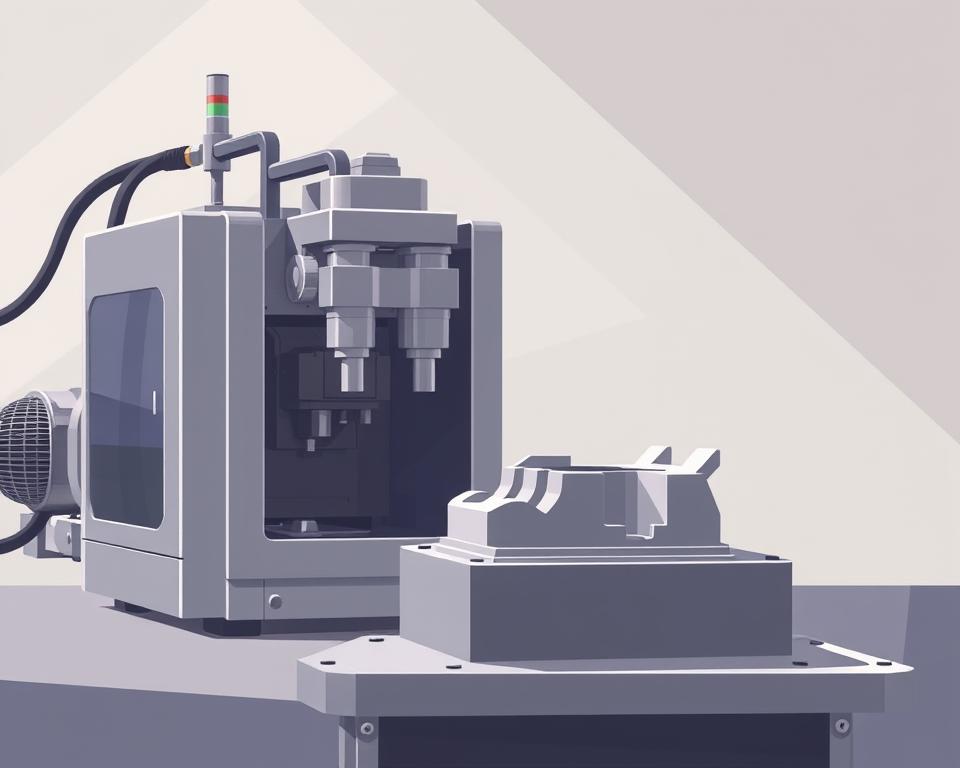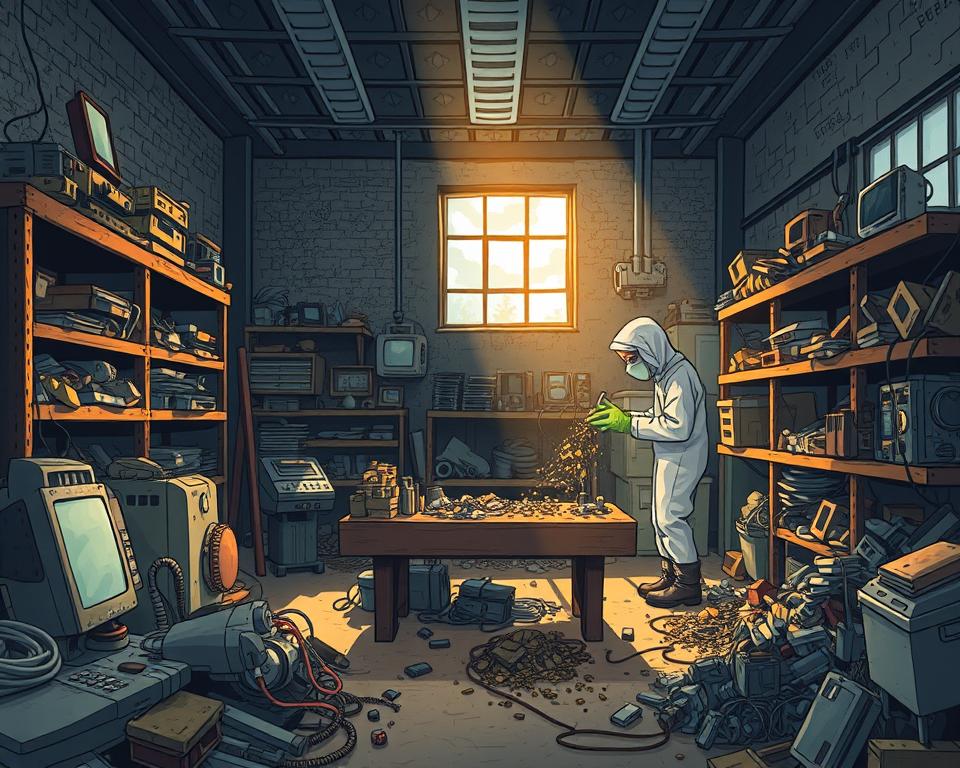How to Source Injection Molding Services from China
The important meeting has recently finished, your new product has been approved, time is pressing, and the budget is… well, let’s just say it’s tight.. Then someone—maybe your boss, maybe the finance director—utters the phrase that sends a little jolt down every project manager’s spine: “We should look at sourcing this from China.”
Of course, you acknowledge. It makes sense on paper. The cost savings can be huge. Yet your thoughts are already spinning. You’ve heard the stories, haven’t you? The quality disasters, the communication black holes, the shipment that shows up three months late looking nothing like the sample. It can feel like you’re being asked to walk a tightrope between landing a huge cost win for the company and steering your project straight into a ditch.
However, here’s the reality. Procuring plastic mold company needn’t be a roll of the dice. It’s a project, just like any other. And like any project, it succeeds or fails based on the process you follow. It’s not just about the lowest bid but selecting the best partner and overseeing every step. Disregard those scary tales. Let’s walk through a real-world playbook for getting it right.

Step One: Do Your Homework
Before searching suppliers or opening Alibaba, nail down your requirements. Honestly, more than half of all overseas manufacturing problems start right here, with a weak or incomplete information package. Don’t assume a remote factory can guess your needs. A vague RFQ is like telling a contractor to bid on “a house.” The responses you get will be all over the map, and none of them will be useful.
Your RFQ should be bulletproof—clear, detailed, and unambiguous. This package is your project’s foundation.
So, what goes in it?
Start with your 3D design files. These are non-negotiable. Provide files in common formats (e.g., STEP, IGS) to prevent import issues. This is the authoritative CAD geometry.
However, 3D alone won’t cut it. You also need detailed 2D drawings. This is where you call out the stuff that a 3D model can’t communicate. Examples include tolerances (e.g., ‘25.00±0.05 mm’), material grade, surface finish requirements, and functional callouts. Call out smooth surfaces or precision hole sizes in big, bold notation.
Next up, material. Avoid generic terms like “Plastic.” Don’t even just say “ABS.” Be specific. Call out SABIC Cycolac MG38 (black), for example. Why so detailed? Because plastic grades vary by the thousands. Naming the precise grade locks in the mechanical, thermal, and aesthetic properties you need with what is plastic mold.
A good supplier can suggest alternatives, but you need to give them a clear starting point.
Lastly, add your business data. What’s your forecasted annual volume (EAU)? A supplier needs to know if they’re quoting a tool that will make 1,000 parts in its lifetime or 1,000,000 parts a year. The tool design, the number of cavities, and the price per part all hinge on this number.
Hunting for the Best Supplier
With your RFQ perfected, who will you target? The internet has made the world smaller, but it’s also made it a lot noisier. It’s easy to find a supplier; it’s hard to find a good one.
You’ll probably kick off on Alibaba or Made-in-China. They offer breadth but not depth. But think of them as a starting point, not the finish line. Narrow your pool to about a dozen promising firms.
However, don’t end your search there. Think about engaging a sourcing agent. Yes, they take a cut. Yet top agents deliver reliable, audited suppliers. They are your person on the ground, navigating the language and cultural barriers. As a newcomer, this offers priceless security. It’s schedule protection.
Another classic method? Trade shows. With budget permitting, Chinaplas or similar shows are invaluable. Nothing beats a face-to-face conversation. You can handle sample parts, meet the engineers, and get a gut feeling for a company in a way that emails just can’t match. Also, leverage the tried-and-true referral network. Ask other project managers in your network. A solid referral can be more valuable than any ad.
Sorting the Contenders from the Pretenders
Now you have your long list of potential suppliers and you’ve sent out your beautiful RFQ package. the quotes will start trickling in. Some prices will undercut logic, others will shock you. Your task is to filter them down to 2–3 credible finalists.
What’s the method? It involves both metrics and gut feel.
Step one: audit communication. Do they respond quickly and clearly? Do they communicate effectively in English? The true litmus: are they raising smart queries? Top vendors will critique and inquire. “Have you considered adding a draft angle here to improve ejection?” or “We see your tolerance requirement here; our CMM can verify that, but it will add to the inspection time. Is that acceptable?” This is a massive green flag. It proves their expertise and involvement. A supplier who just says “No problem” to everything is a walking red flag.
Afterward, verify their technical arsenal. Get their tooling inventory. More importantly, ask for case studies of parts they’ve made that are similar to yours in size, complexity, or material. A small-gear shop won’t cut it for a big housing.
Finally, inspect the factory. You can’t skip this. You would never hire a critical employee without an interview, so why would you send tens of thousands of dollars for a tool to a company you’ve never truly vetted? You can travel or outsource a local inspector. They dispatch an on-site auditor for a day. They confirm legitimacy, audit ISO 9001, inspect equipment condition, and gauge the facility. It’s the best few hundred dollars you will ever spend on your project.
Transforming CAD into Real Parts
After picking your vendor, you’ve negotiated the price and payment terms—a common structure is 50% of the tooling cost upfront to begin work, and the final 50% after you approve the first samples. Now the process kicks off.
The first thing you should get back after sending your payment is a DFM report. DFM stands for Design for Manufacturability. This is your supplier’s formal feedback on your part design. It will highlight potential issues like areas with thick walls that could sink, sharp corners that could cause stress, or surfaces without enough draft angle for clean ejection from the mold. Comprehensive DFM equals a top-tier supplier. It’s a two-way partnership. You work with their engineers to refine the design for optimal production.
When you greenlight the DFM, they machine the mold. Weeks on, you receive the thrilling “T1 samples shipped” notification. These are your initial mold shots. It’s your first real test.
Be prepared: T1 samples are almost never perfect. It’s par for the course. You’ll find minor defects, off-spec dimensions, or finish issues. You critique, they refine, and T2 plastic mold in China parts arrive. It could require several iterations. The key for you, as the project manager, is to have this iteration loop built into your timeline from the start.
Eventually, you will receive a part that is perfect. It meets every dimension, the finish is flawless, and it functions exactly as intended. This is now the benchmark sample. You ratify it, and it becomes the quality yardstick for production.
Final Steps to Mass Production
Getting that golden sample feels like the end, but it isn’t. Now comes full-scale production. How do you maintain consistency for part 10,000?
Put a strong QC process in place. Typically, this means a pre-shipment audit. Again, you can hire a third-party service. They’ll randomly select parts, compare them to specs and golden sample, and deliver a detailed report. They’ll send you a detailed report with photos and measurements. Only after you approve this report do you authorize the shipment and send the final payment. This audit shields you from mass defects.
Don’t forget shipping details. Clarify your Incoterms. Does FOB apply, passing risk at the ship’s rail? Or EXW, where you handle everything from their gate? These details have a big impact on your final landed cost.
Sourcing from China is a marathon, not a sprint. It hinges on strong supplier relations. See them as collaborators, not vendors. Transparent dialogue, respect, and process discipline win. Certainly, it’s complex. But with this framework, it’s one you can absolutely nail, delivering the cost savings everyone wants without sacrificing your sanity—or the quality of your product. You’ve got this.


